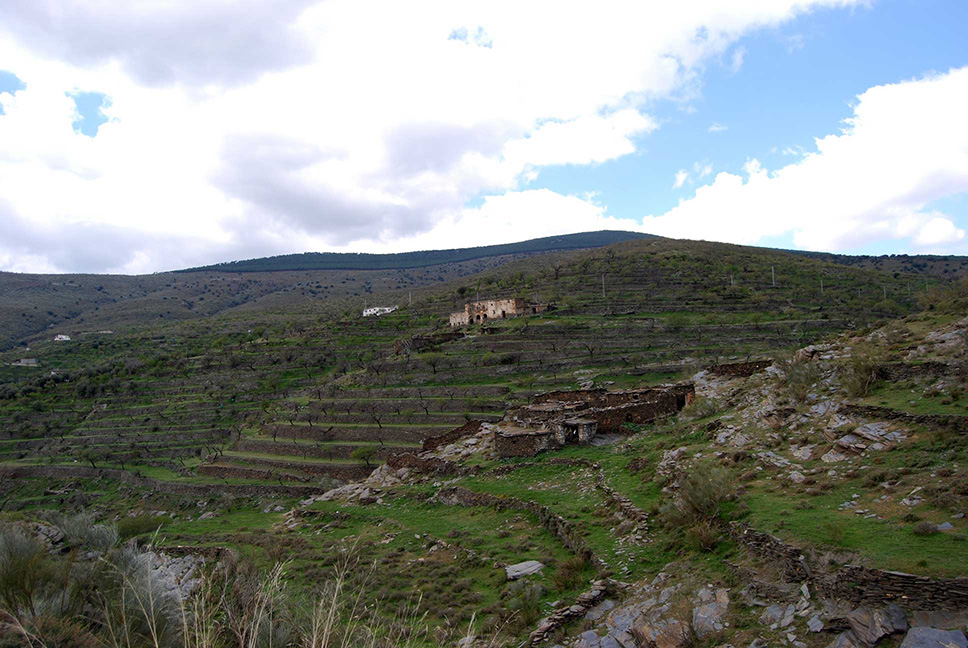Deep case studies
BESAFE carries out 12 single case studies addressing different issues areas related to biodiversity protection. This set of deep case studies covers different member states and geographical regions as well as various governance scales, stakeholder groups and their interaction. Overall, the case studies comprehensively explore the argumentation processes in the biodiversity-related policy making and provide knowledge on the transferability of arguments between the major governance levels.
Comparative case studies
Apart from the twelve deep case studies, BESAFE partners will conduct two comparative studies. The main idea behind these studies is to be able to compare different EU Member States with respect to particular WP 3 and WP 4 research questions. Comparative study “EU Biodiversity Strategy 2020 – national implementation” thus addresses the main questions of WP 3, while the study “Perceptions of biodiversity, ecosystem services and values at the national level” is concerned with WP 4 inquiry.
Management plans for the Andalusia national parks; Spain
 Introduction
Introduction
The case study is located in the Mediterranean Basin, involving the only two national parks of Andalusia with a contrasting situation: Donana (a coastal wetland; SW Spain) and Sierra Nevada (a mountain system; SE Spain). Both share important ecological and social values associated with unique ecosystems, endemic species, Mediterranean cultural practices and ecosystem services. Understanding that protected areas are key tools towards ecosystems and biodiversity preservation, the major challenge in this study is to explore whether the ecosystem service approach is incorporated in the conservation strategies in order to foster the multiple biodiversity values and its contribution to beneficiaries’ wellbeing.
 Brief description of the policy problem
Brief description of the policy problem
Although protected areas serve a critical role in biodiversity conservation, local development and ecosystem services delivery, both areas are embedded in a matrix of land-use and social conflicts. The most prominent conflicts are between biodiversity conservation, the expansion of agriculture, tourism and urbanization (or the opposite trend: rural abandonment) outside the protected area borders.
Location
Andalusia, Spain

Governance level(s) involved
The competence of national parks was attached to the Spanish central government up until 2006 when it became shared with regional competence (Andalusia). Additionally, there are cross-scale interactions with other governance levels, such as the European Biodiversity Strategy, the Spanish laws on Biodiversity and Sustainable Rural Development (national), as well as with municipalities at local scales with their Sustainable Development Plans.
Stages in the policy cycle
Implementation measures have been taken to conserve biodiversity through the protected area declarations decades ago. Currently, rural abandonment and conflicts related with strict conservation inside the protected area and development beyond its limits have been understood in research studies, but are still in progress in policy (mainly in the phases of framing the problem and formulating policy goals). The inclusion of the ecosystem service approach as a tool to cope with these problems is also located at the same stages in the policy cycle.
 Main stakeholders involved
Main stakeholders involved
Environmental and local development professionals (e.g., protected area managers, researchers, local government staff, environmental NGOs members), locals (some of them highly related with the primary sector such as farmers, fishermen, beekeepers; and others residents working in other economic activities), and tourists or visitors (e.g., rural or nature tourists, birdwatchers, hikers).
Partner responsible
The chancellor, masters and scholars of the University of Oxford (UOXF.AF)
Contact person
Paula Harrison (paharriso [at] aol.com) & Marina Garcia-Llorente (marina.garcia [at] uam.es)
All images copyright of Marina García-Llorente 2012 ©